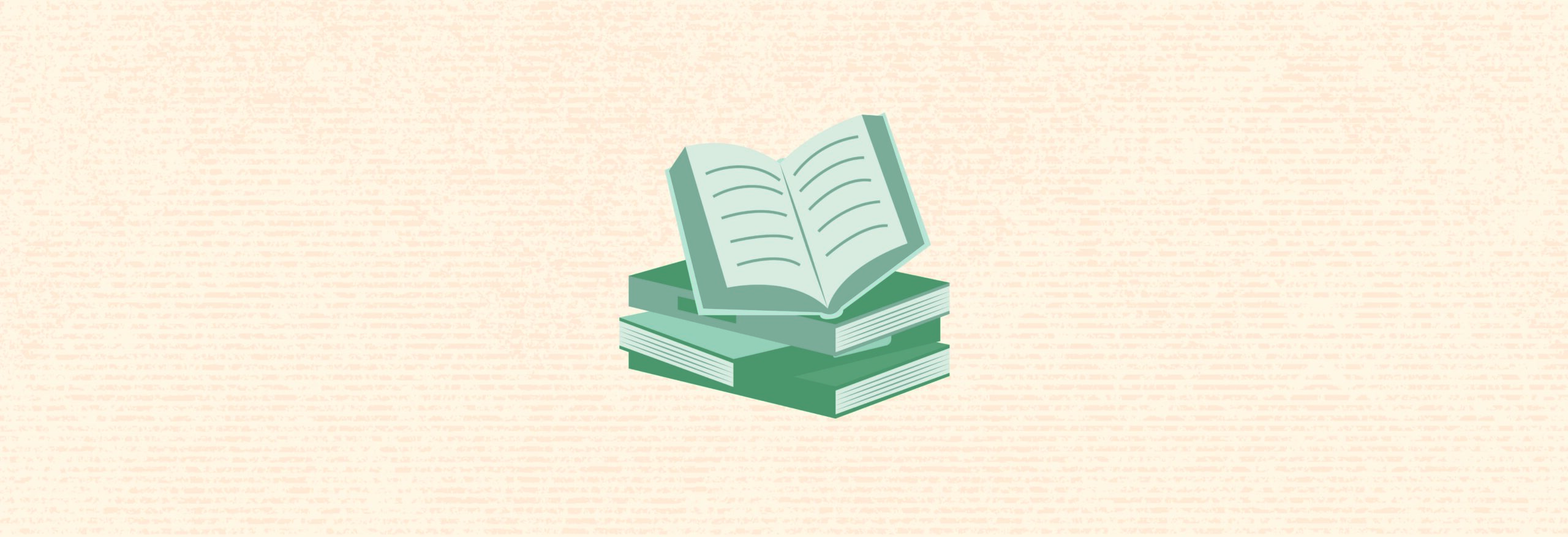
Reposted from Morethodoxy , October 2018
In my first post, I asserted the religious value of an upscale Jewish lifestyle. But this approach raises significant challenges. I would like to outline some challenges here by focusing on questions rather than on answers.
While we often encourage engagement in Jewish life for ulterior motives, because it may lead to genuine commitment (mi-tokh she-lo lishmah ba lishmah) in this context we must be wary of the reverse: that what begins as genuine commitment may become vacuous. What I mean is that the very construction of our Jewish lives may become more about the medium than the message: beautiful shuls, high-end schools, fine kosher restaurants. And being seen in our beautiful shuls, high-end schools, and fine kosher restaurants.
How can we prevent this from happening, and where this is already happening, how can we change course? I would ask us to consider two sets of questions.
For the first, let’s reach back to Yom Kippur. The Gemara in Yoma 35b relays an incident involving a kohen gadol’s expensive Yom Kippur garb:
They said of R. Eleazar ben Ḥarsom that his mother made him a tunic worth 20,000 minas. But his fellow priests would not let him wear it because [it was so transparent that] he looked naked.
His clothing was immodest, literally, and metaphorically.
When does our use of wealth in Jewish life become immodest, more about exposing what we have, than about fulfilling religious duty? Avoiding this pitfall means asking honest questions about spending: How much is too much? When does abundance become its own religion, with hiddur mitzvah (beautification of commandments) giving way to naked indulgence? Moreover, if a kosher version seems to always be available, what happens when there is no kosher version, and one must choose between halakha and material gain or comfort, as in the case of business ethics, for example?
Vigilance about this also means introspection about our religious focus: How often do we discuss spirituality or what and why we believe, with our children and amongst ourselves? Do we do this enough in our homes, or do we leave such conversations too often to outside providers in shul or in school?
For the second set of questions, we return to R. Elazar ben Ḥarsom, who the rabbis depict quite differently outside of the Mikdash:
They said of R. Eleazar ben Ḥarsom that his father left him an inheritance of 1,000 villages on land and, correspondingly, 1,000 ships at sea. And every day he takes a leather jug of flour on his shoulder and walks from city to city and from state to state to study Torah [from the Torah scholars in each of those places]. Once, his servants found him, did not recognize him, and pressed him into service for the master of the estate. He said to them: I beseech you; let me be and I will go study Torah. They said: We swear by the life of R. Eleazar ben Ḥarsom that we will not let you be.
Here, R. Eleazar ben Harsom represents a different extreme. He leaves his wealth to others for the sake of studying Torah. In the process, he gets a taste from his own servants of what his life would be like, if he were underprivileged: pressed into service to ensure someone else’s wealth. Ultimately, he is immune to such problems, because of who he really is.
This element of the portrayal raises questions for us that are typical of any upper middle-class community: Given the available communal resources, how might we (continue to) relate to the problems of those less financially fortunate and the vulnerable? To be sure, we aim to provide for those in need in our communities in both America and Israel through tzedaka, charity. Moreover, in context of the religious spending mentioned above, many provide housing and invitations for guests to partake along with them.
But how might we also work toward systemic change to make Jewish life more affordable and/or to reduce obstacles to self-sufficiency? Moreover, how might we consider the urgency of these issues with respect to people outside the Jewish community, given our need to prioritize our own? And in this polarized political moment, can we consider this deeply religious question in a non-partisan way?
These questions are not meant to be quickly asked and answered, raised and resolved. We must continually resurface them for reflection and discussion.
[1]I also asserted the religious value of a more tempered Jewish lifestyle. I will return to that topic in a future post.
[2]See Dyonna Ginsburg, “Re-Anchoring Universalism to Particularism: The Potential Contribution of Orthodoxy to the Pursuit of Tikkun Olam,” Ed. Shmuel Hain, The Next Generation of Modern Orthodoxy (2012) who differentiates between tzedakah as technical charity and tzedek as systemic change.
You care about Israel, peoplehood, and vibrant, ethical Jewish communities. We do too.
Join our email list for more Hartman ideas